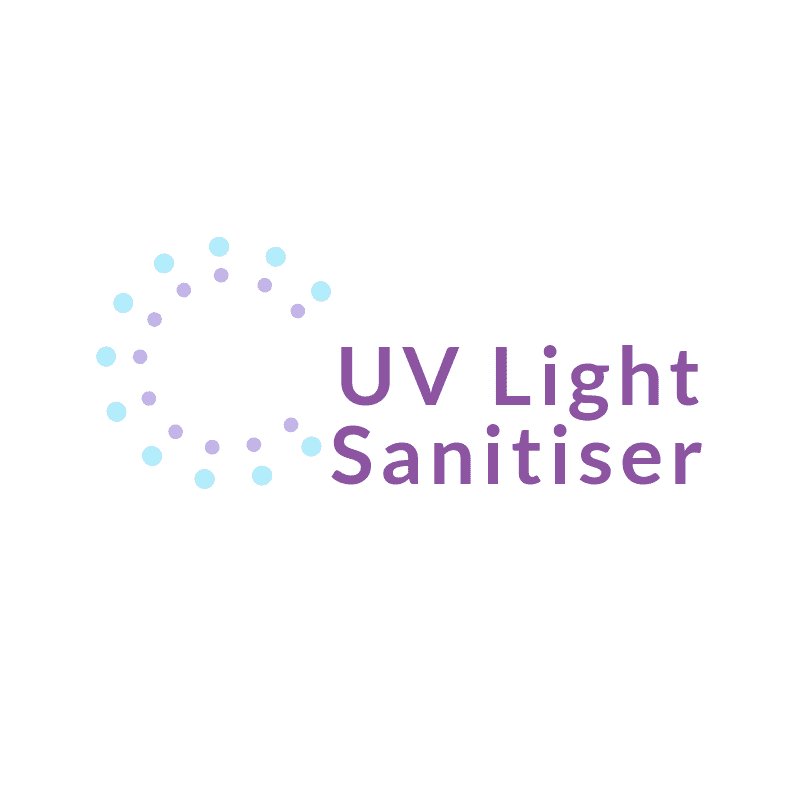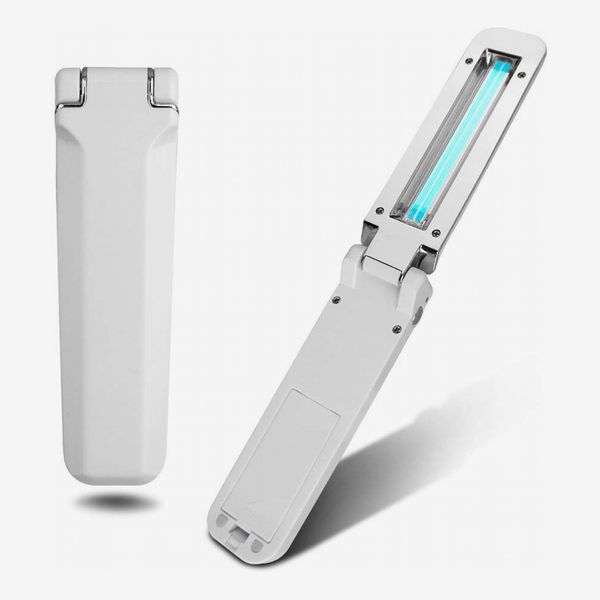In the light of the coronavirus pandemic, people have searched for ways to curb infection. In the absence of a vaccine, medical experts advised that sanitation and disinfection are the best protection against the deadly virus. As people frantically searched for ways to sanitize and disinfect, medical experts turn their attention to an old-age technique of killing viruses and bacteria: Ultraviolet technology. UV Light Disinfection has been around for years. Known as ultraviolet germicidal irradiation, it harnesses the power of UV-C, one of the three rays emitted by the sun.
Is UV-C Effective for Killing Microorganisms?
We have known for over 100 years that ultraviolet light can kill pathogens of many kinds. In 1878, Arthur Downes and Thomas Blunt published a paper describing how exposure of bacteria to shortwave length light can be sterilized. In 1903, Niels Finsen won the Nobel Prize for Medicine for his use of UV against lupus vulgaris, and tuberculosis of the skin.
UV light comes from several different ranges: UV-A, UV-B, and UV-C. But while it can kill germs, it can also cause sunburn, cancer and destroy the DNA and cornea of our eyes.
We also use Ultraviolet light for disinfecting water, air, fruits, vegetables, surgical utensils, tablet computers, toys, and other surfaces. At 100-280nM, UV-C is powerful enough to effectively kill microorganisms.
Studies have shown that UV-C is effective in killing all foodborne pathogens, natural microbiota, molds, and yeasts. However, since microorganisms come in different shapes and sizes that can affect their ability to absorb, the required time for killing each species also varies.
The sanitizing power of UV lights have been seen with other coronaviruses such as severe acute respiratory system syndrome (SARS). Studies show that it can be effective against coronaviruses. One study found that at least of 15 minutes of exposure to UV-C deactivates SARS, making it impossible for the virus to reproduce.
According to the National Academy of Sciences, there is still no study on the effectiveness of UV light in killing the virus that causes COVID-19. However, it has worked on other similar viruses so it would most likely be effective on the coronavirus as well.
How Does UV Sanitation Work?
Unlike other sanitation technologies, UV treatment is an extremely quick physical process. It works by mutating or degrading DNA, the part of the cell that instructs organisms on how to function and reproduce. When DNA is damaged, organisms will not be able to function properly because its instructions are garbled or missing.
UV germicidal irradiation works by breaking down certain chemical bonds and scrambling the structure of the DNA, RNA, and proteins. Without its instructions, an organism cannot function and reproduce and cannot cause infection. It will become harmless and eventually dies.
The effectiveness of UV germicidal irradiation depends on several factors: 1) the length of time the microorganism is exposed to UV; 2) the intensity and wavelength of the UV radiation; 3) presence of particles that can protect the microorganisms from UV; and 4) ability of the organism to withstand UV during exposure.
The degree of inactivation by UV radiation is closely related to the UV dose applied to the water. Dosage is usually measured in microjoules per square centimeter which is equivalent to microwatt seconds per square centimeter.
How do we calculate UV Dose?
UV dose refers to the factors that determines the effectiveness of ultraviolet sterilization. Transmittance refers to the amount of light that is reaching the target. Flow rate is how fast the water moves through the system. The faster the flow rate, the less exposure time, the more effective. Turbidity refers to how cloudy or clear the water is. With high turbidity, the UV light will only reach the edge of the water.
Applications of UV Technology in Modern Times
Since the spike in interest in UV-C technology, there has been numerous devices utilizing it for sterilization purposes. Amazon, for one, has created a ultraviolet robot for use in sanitizing Amazon warehouses and Whole Foods stores. This UV robot has a metal frame on wheels equipped with UV tube lights.
Other products including UV-C hand wands are suitable for home use. Manufacturers of Some portable UV sanitizing devices claim killing 99.9% od bacteria and viruses on phones, pacifiers, and other surfaces prone to contamination.
Hospitals have long been using UV-C technology to cut down on the spread of drug-resistant superbugs and for disinfecting rooms. Now, there is also an increasing interest in using it in schools, office buildings, and restaurants to help lessen transmission of the coronavirus. According to one study, sanitizing a hospital room with UV light and combining it with traditional cleaning methods can cut transmission of drug resistant bacteria by 30%.
UV-C light can be effective in sanitizing hard-to-clean nooks and crannies. It destroys the DNA of pathogens making it effective against “superbugs.” Travel disinfection is now possible because of sanitizing wands. You can now wave UV-C light on anything that might get infected such as counters, bedding, or steering wheels. UV-C light is also often advertised by travel agencies to people who may be concerned about hotel room disinfection.
Other Uses
Aside from surfaces, UV Light Disinfection can also be effective as a water purifier when used correctly. This has made it a valuable tool for travelers and hikers who may have some concerns about unpurified water sources. In 2015, a study on Travel Medicine and Infectious Disease studied a handheld UVC light device called SteriPEN. The research came to the conclusion that the effectiveness of the device in reducing viruses will depend on how it is being used. The device performed well killing between 94.98% and 99.9% of germs. You should however be careful about the risks of incorrect applications during travel and medical consultations.
When using any device, it is important to check the instructions first. It is also worth noting that these devices are not meant to replace traditional sanitation practices like hand washing and wearing of masks.
Is UV-C Light Safe?
While UV-C is effective on surfaces and devices such as smartphones, experts do not recommend it for home disinfection. According to Dr. Charles Gerba, PhD, a microbiologist and professor at the University of Arizona, doesn’t recommend investing in a home UV light. There isn’t enough data on them and there’s a lot of room for user error.
UV radiation can be harmful to the skin and eyes of humans. Prolonged direct exposure to UVC light can cause temporary eye and skin damage such as cornea injury or “welder’s eye.” Acute effects include redness or ulceration of the skin. High level exposure may lead to serious burns.
Even with UV Light Disinfection, traditional sanitation procedures like hand washing and wearing of face masks should still be used.

